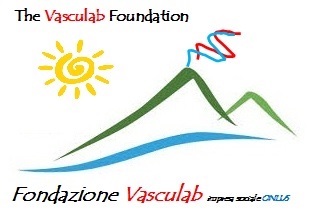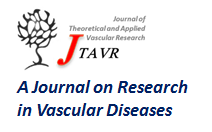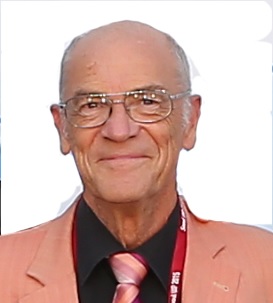|
|
Online ISSN 2532-0831
|

|
Journal of Theoretical and Applied Vascular Research
JTAVR 2016;1(1):51-58
|

|
3D modeling of the vascular system
|

|
JF Uhl*, M Chahim*, F Cros**, A Ouchene**
|
*URDIA research unit EA4465 (Paris cité Sorbonne University)
**Service de Biophysique, Laboratoires Innothera, Arcueil, France |
submitted: Apr 30, 2016
accepted Jun 19, 2016
EPub ahead of Print: Nov 30, 2016
Published: Dec 31, 2016 |
Abstract The 3D modeling of the vascular system could be achieved in different ways:
In the venous location, the morphological modeling by MSCT venography is used to image the venous system: this morphological modeling tool accurately investigates the 3D morphology of the venous network of our patients with chronic venous disease. It is also a fine educational tool for students who learn venous anatomy, the most complex of the human body.
Another kind of modeling (mathematical modeling) is used to simulate the venous functions, and virtually tests the efficacy of any proposed treatments.
To image the arterial system, the aim of 3D modeling is to precisely assess and quantify the arterial morphology. The use of augmented reality before an endovascular procedure allows pre-treatment simulation, assisting in pre-operative planning as well as surgical training.
In the special field of liver surgery, several 3D modeling software products are available for computer simulations and training purposes and augmented reality. |
|
Keywords 3D reconstruction, vascular modeling, Multislice CT, Angio-CT, Volume rendering (VRT), vectorial modeling, Virtual reality, Simulation, Surgical training, Augmented reality, Educational anatomy. |


since Nov 30, 2016 |
Full text  - DOI: 10.24019/jtavr.8 - Corresponding author: Prof. Jean François Uhl, EMail jef.uhl@gmail.com - DOI: 10.24019/jtavr.8 - Corresponding author: Prof. Jean François Uhl, EMail jef.uhl@gmail.com |
|
back to the JTAVR issue
|
 © 2016 Fondazione Vasculab impresa sociale ONLUS. All rights reserved. © 2016 Fondazione Vasculab impresa sociale ONLUS. All rights reserved.
|



 - DOI: 10.24019/jtavr.8 - Corresponding author: Prof. Jean François Uhl, EMail jef.uhl@gmail.com
- DOI: 10.24019/jtavr.8 - Corresponding author: Prof. Jean François Uhl, EMail jef.uhl@gmail.com © 2016 Fondazione Vasculab impresa sociale ONLUS. All rights reserved.
© 2016 Fondazione Vasculab impresa sociale ONLUS. All rights reserved.